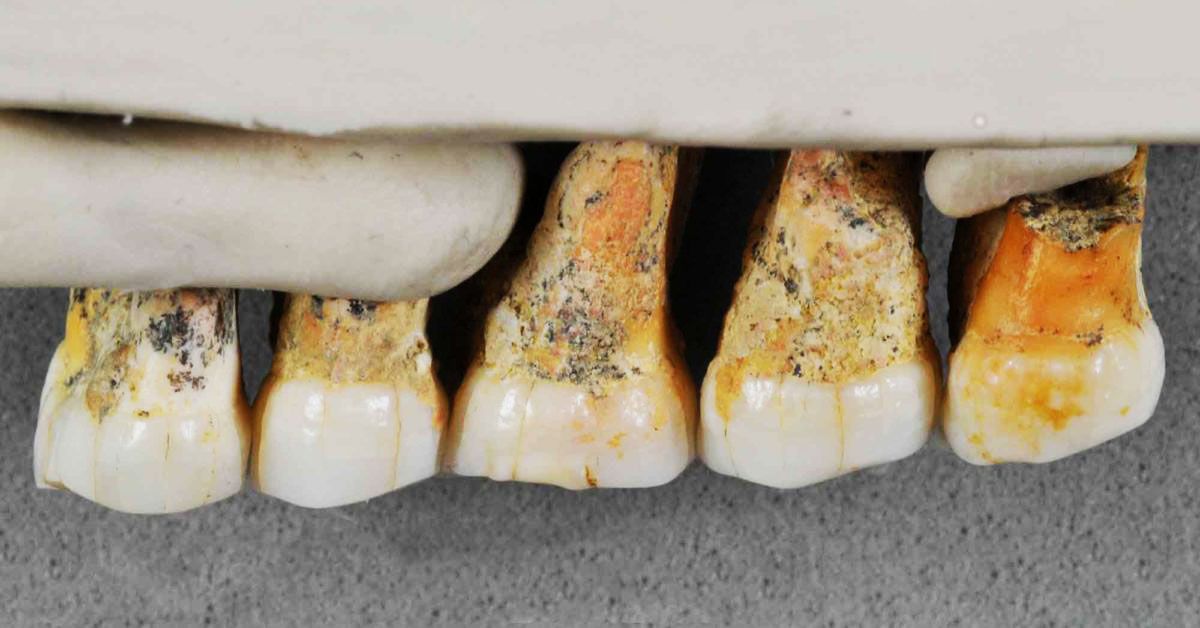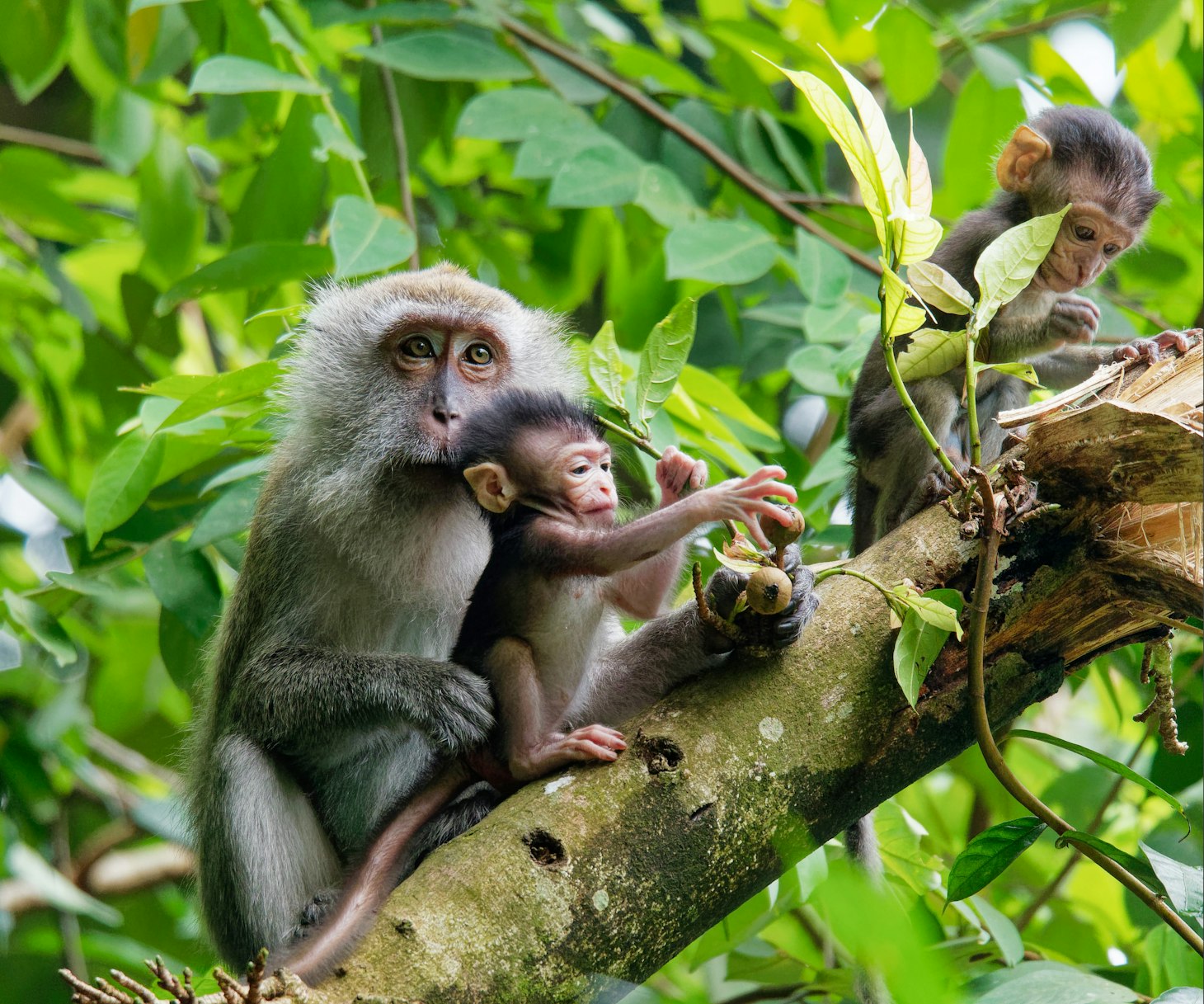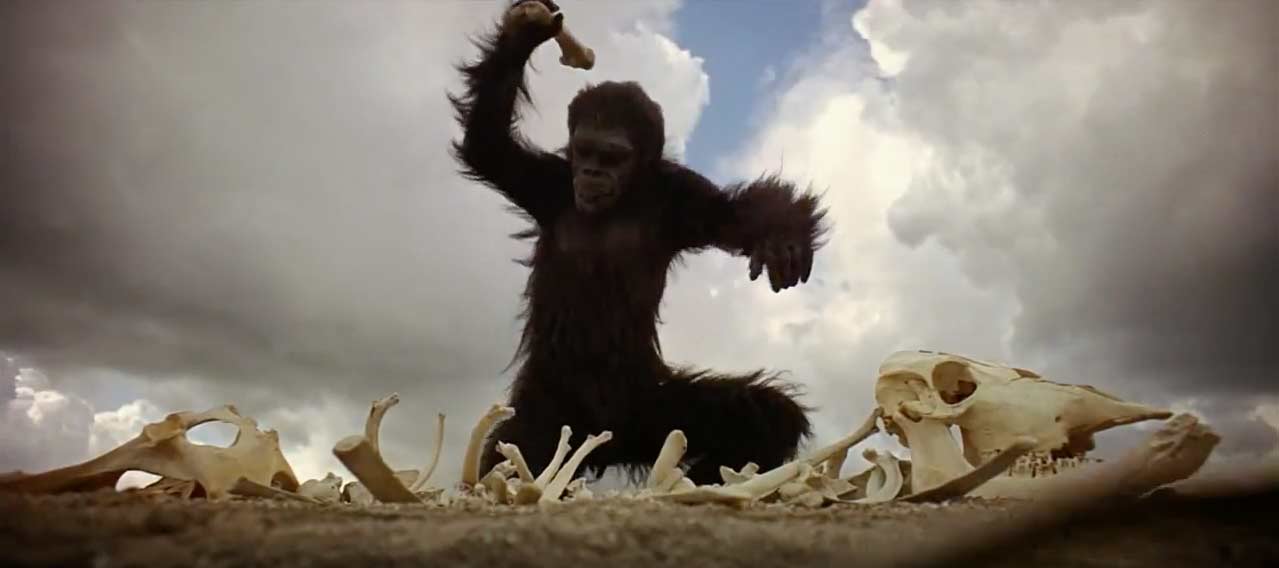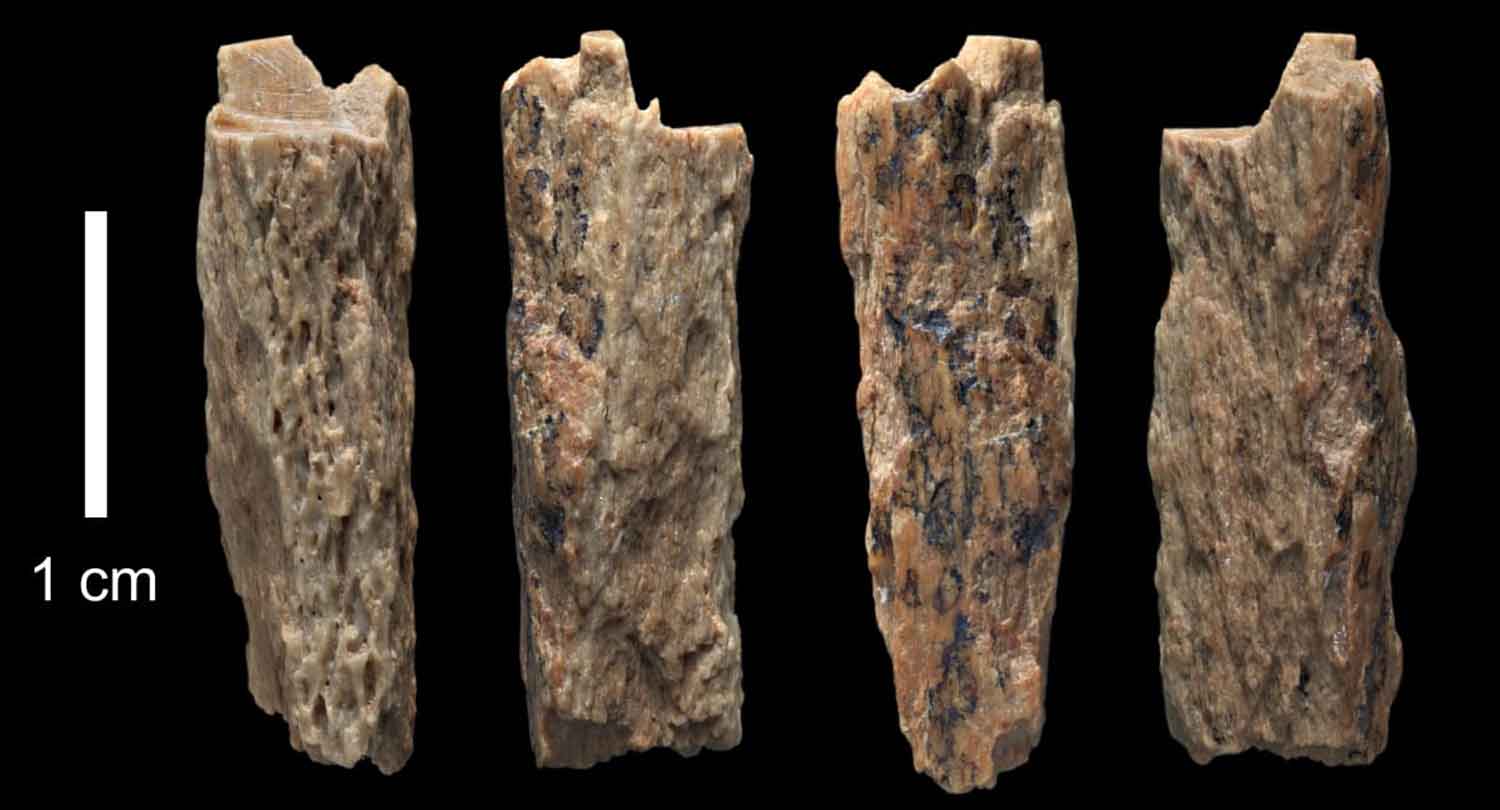Blog articles
A mid-century observer wrote about hybridization and Neandertals
A quote from Loren Eiseley, one of the best known writers about anthropology and human origins.
Homo luzonensis: a new species of hominin from Luzon
I reflect on the discovery from Callao Cave, Philippines, which reinforces the ability of ancient hominins to disperse across island Southeast Asia.

How much do scientific societies fear Plan S for open access?
My examination of the politics within scientific organizations surrounding open access publishing
How capable were early human ancestors of crossing open water?
In past populations we should keep in mind the exceptional ability of humans to adapt to new circumstances.

How much do Y chromosome haplogroups shape our views of modern human origins?
The divergent A00 haplogroup roots the modern human Y chromosome tree deeper in time.

How did English come to have different words for "ape" and "monkey"?
The etymology of our words for living primates gives some insight into how common ideas adjusted to new scientific knowledge.

Three big insights into our African origins
Recently, I delivered a lecture to the American Society for Human Genetics, focusing on the African record of human origins. It was a great privilege to speak to more than 5000 members of this professional organization, together with other distinguished experts on African genetic variation and health. Here I share
A critical look at the idea of Australopithecus prometheus
A historical perspective on a species name that was associated with fossils from Makapansgat, South Africa.

Lecture: Who were the ancestors of the Neandertals?
Looking at what we know about Neandertal origins and how our understanding has changed in the last decade.
